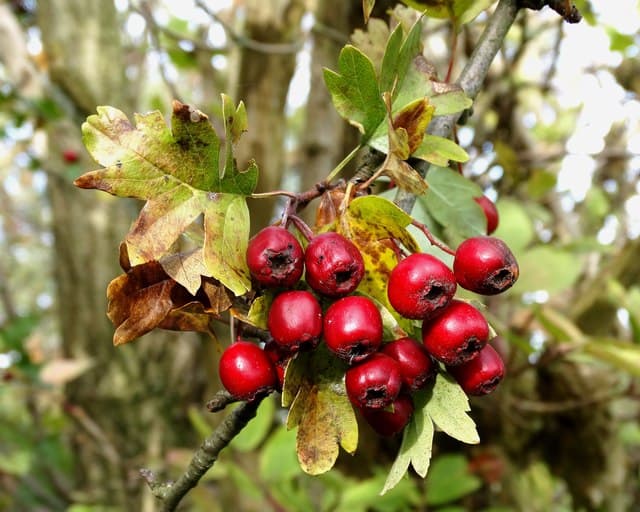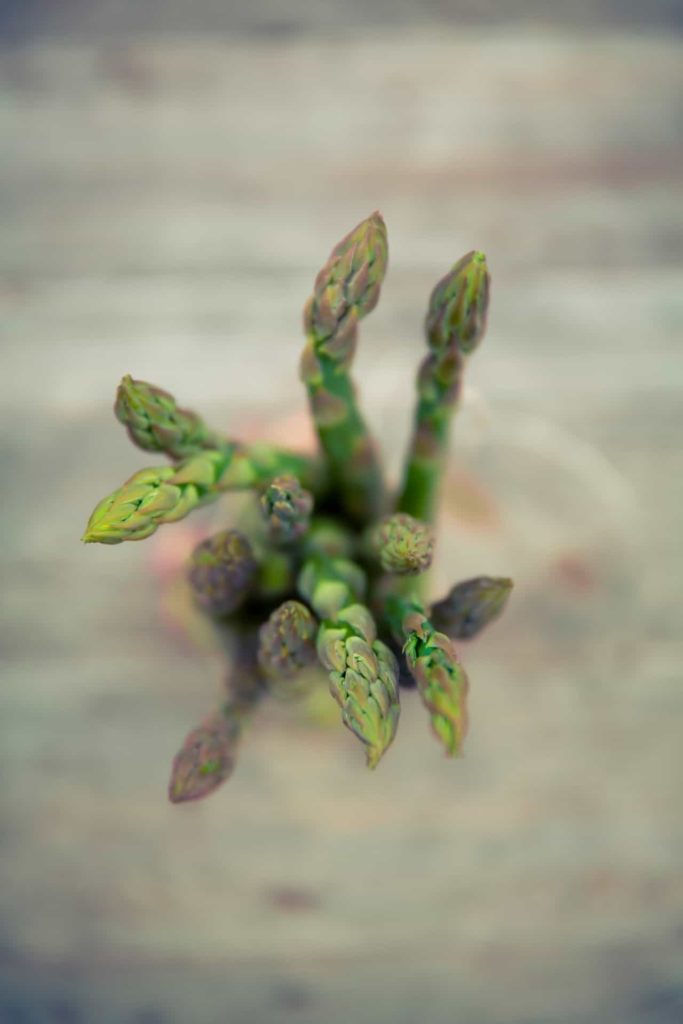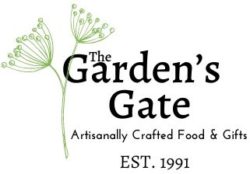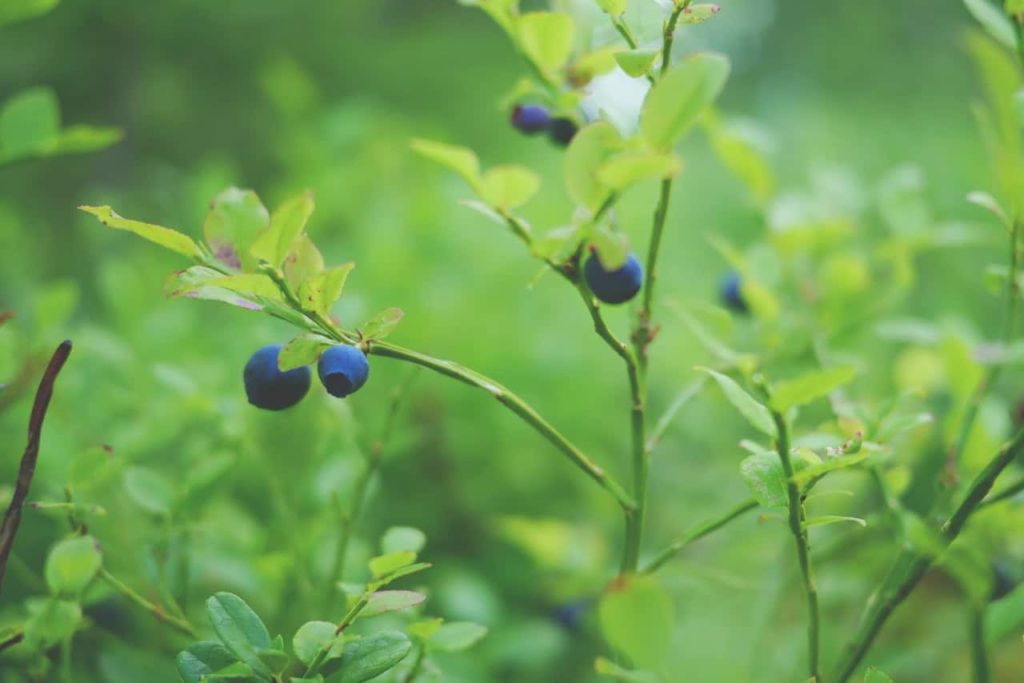Harvesting and preparing local plants is a key part of life on Manitoulin Island, sustaining Indigenous communities and the island ecosystem for thousands of years. Today, many people flock here in spring and summer to forage for the natural goodness of Manitoulin!
You’ll find these five edible plants (or four plants and one fungus) growing in wild areas, but also on private land that doesn’t look private. When harvesting, please be mindful of the island residents and their land, as many “haweaters” cultivate these wild plants for personal use. Speaking of haweaters, the first plant on our list is one of the most important for island life!
Hawberries

A trip to Manitoulin Island wouldn’t be complete without trying a dish made from a local favourite: the hawberry! The bright red fruit of the hawthorn tree, this berry is an important part of island culture. The hawberry helped Manitoulin’s first European settlers stave off scurvy during a famine. Soon, islanders became known (or started knowing each other) as haweaters – and from 1969 to 2008, circulated an island currency called “Haweater Dollars!”
You’ll find the hawthorn tree growing in dry soil along fence lines and open fields and woods. The berries have a slightly sour taste and can be difficult to pick because of the tree’s inch-long thorns, but you can use them to make delicious preserves. Plus, the berries are rich in vitamin C!
Wild Leeks
Wild leeks are a perennial plant in the onion family. They grow, flower, and set seed in a few short weeks in early spring, usually May up in Manitoulin. When using wild leeks in recipes, note that it’s not a 1:1 substitute with regular leeks. With a very strong flavour, a little wild leek goes a long way!
Manitoulin’s wild leeks are perfect for a homemade Wild Leek and Potato soup. Please be considerate of other foragers and the plants themselves: because of how slow they grow and their popularity as a foraging food, wild leeks are often over-harvested, and they are near extinction in many parts of Ontario.
Morels And Other Mushrooms
Technically, this entry is not a “plant,” but we can’t imagine a harvesting list without Manitoulin mushrooms! Morels are a local favourite, but finding them now can be quite challenging. Regardless, Manitoulin has a wide array of edible mushrooms to satisfy both mycologists (experts in fungi) and the pickiest foragers. If you’re new to the terrain, go with a local or reserve a spot on a foraging expedition. Never eat anything without consulting a mushroom guidebook or an expert set of eyes!
If you’re going on a mushroom-picking adventure, take an onion bag. This type of bag lets the spores of the mushrooms escape and lie dormant for when conditions are ideal for growing again. This way, you can help the species and future harvesters will be able to find excellent mushrooms!
Wild Blueberries
Manitoulin’s wild blueberries only compete with the hawberry as a harvesting favourite. Lucky island explorers can come across bumper crops almost by accident. If you’re out for a hike or a bike ride, don’t forget to pack a little container in which to keep your blueberry bounty!
Wild Asparagus

In the wild, asparagus comes in many shapes and sizes. It can grow in bunches as big as thirty stalks or grow as a single plant. The wild variety looks like the asparagus you know, so once you find it growing in the wild, pick it or cut it with a knife at the point on the stalk where it loses flexibility. Below that point, the plant will be tougher and less tender to eat.
A good rule of thumb: if the asparagus has only one stalk, don’t pick it, and if it has two stalks, take only one. When foraging, treat the land like you are taking plants from your garden. That way, everyone can enjoy the bounties of our beautiful island!

